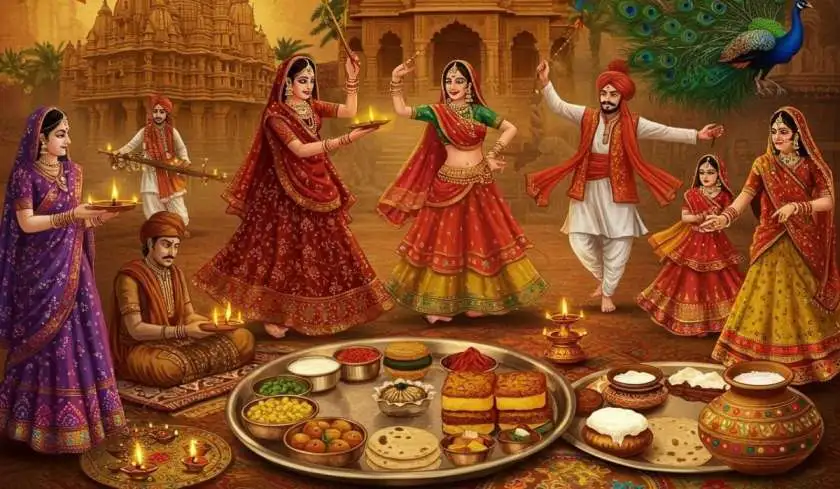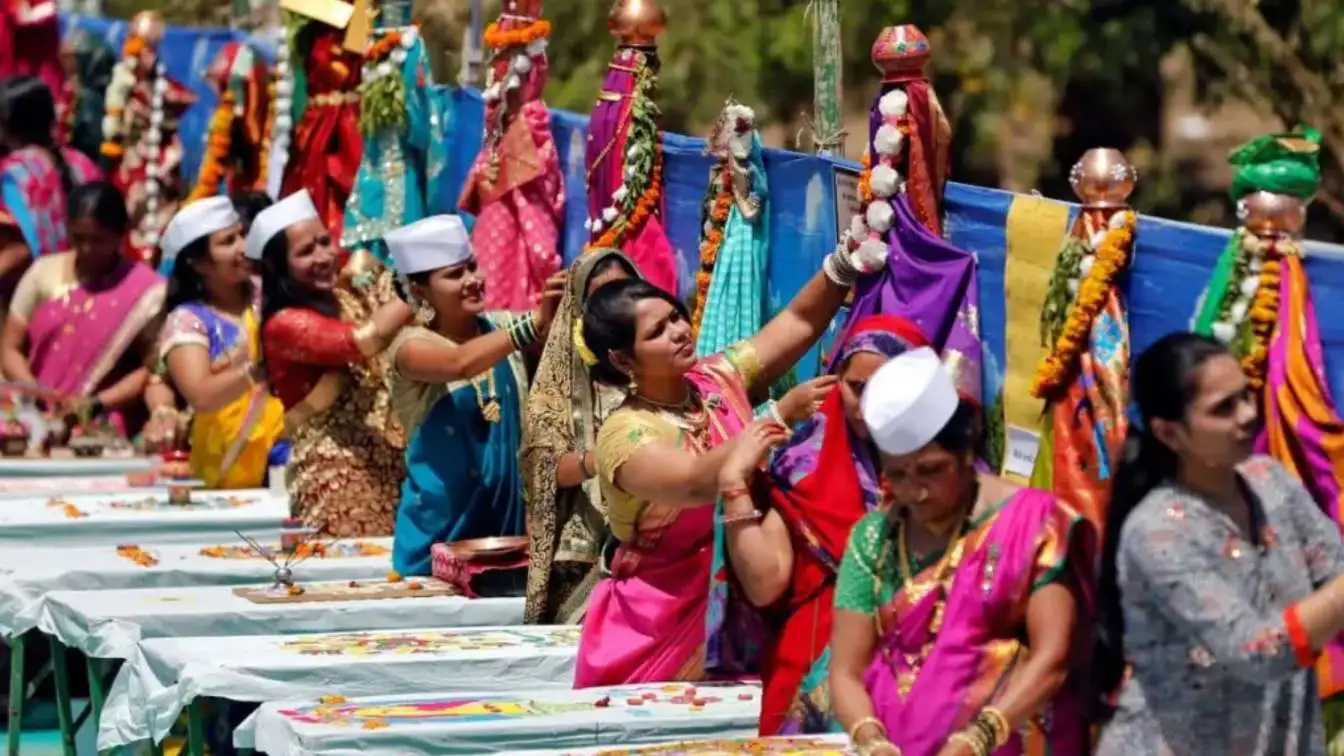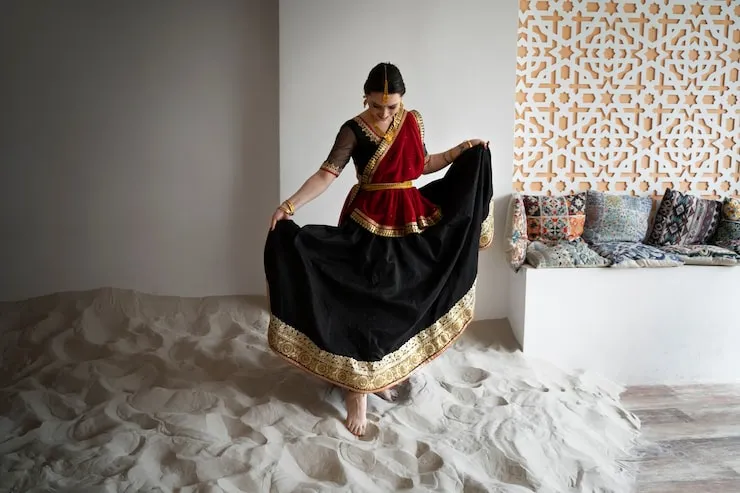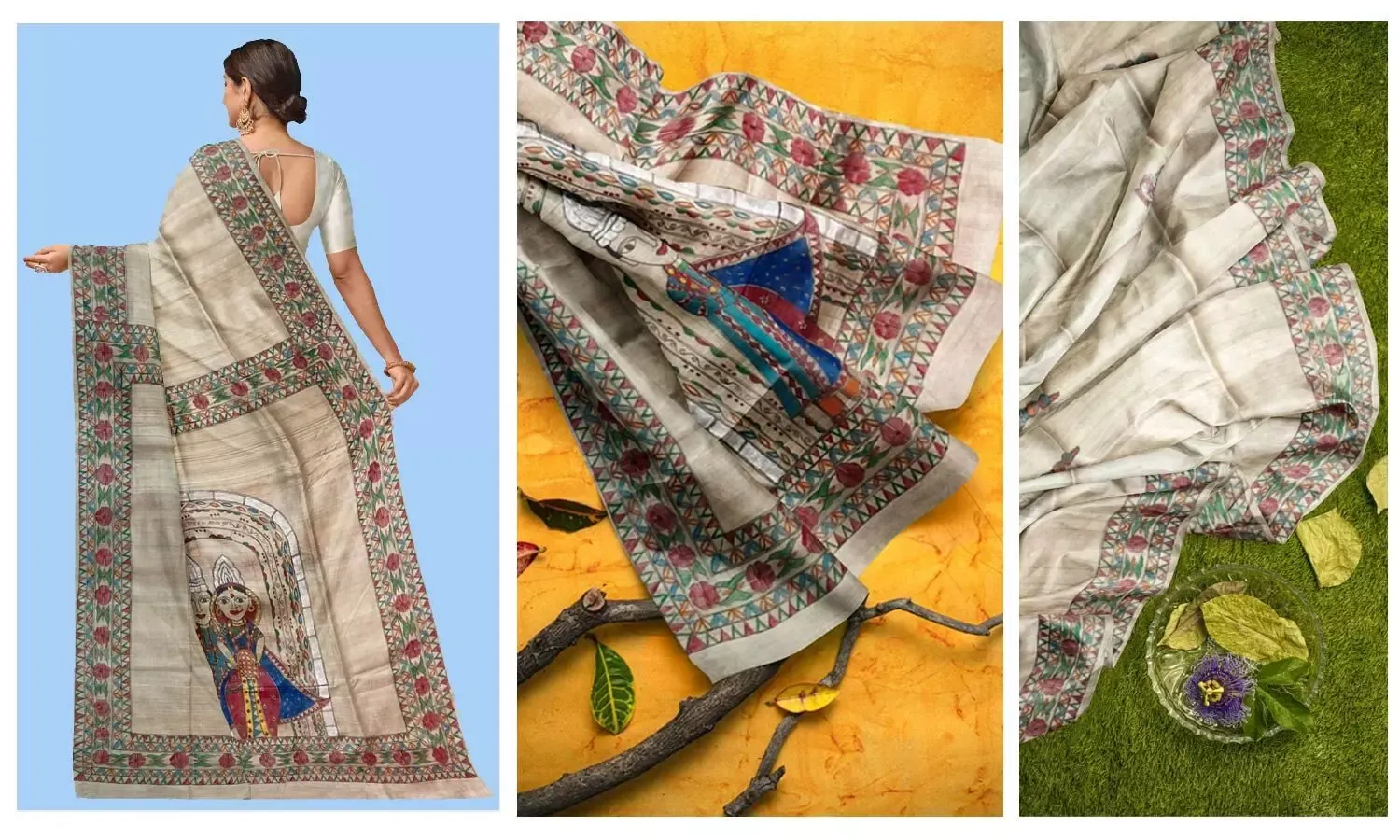Gujarat isn’t just about fast-growing cities or business parks. It’s about people. The kind of people who still touch elders’ feet, who stop to feed cows, who wear mirror-work clothes not for fashion but out of habit. You can’t really separate Gujarat from its traditions. Even in the modern rush, they’re there. In a mother’s kitchen, in a college student's playlist, even in a busy street corner where someone’s humming an old ghazal.
Ghughra: More Than Just a Sweet
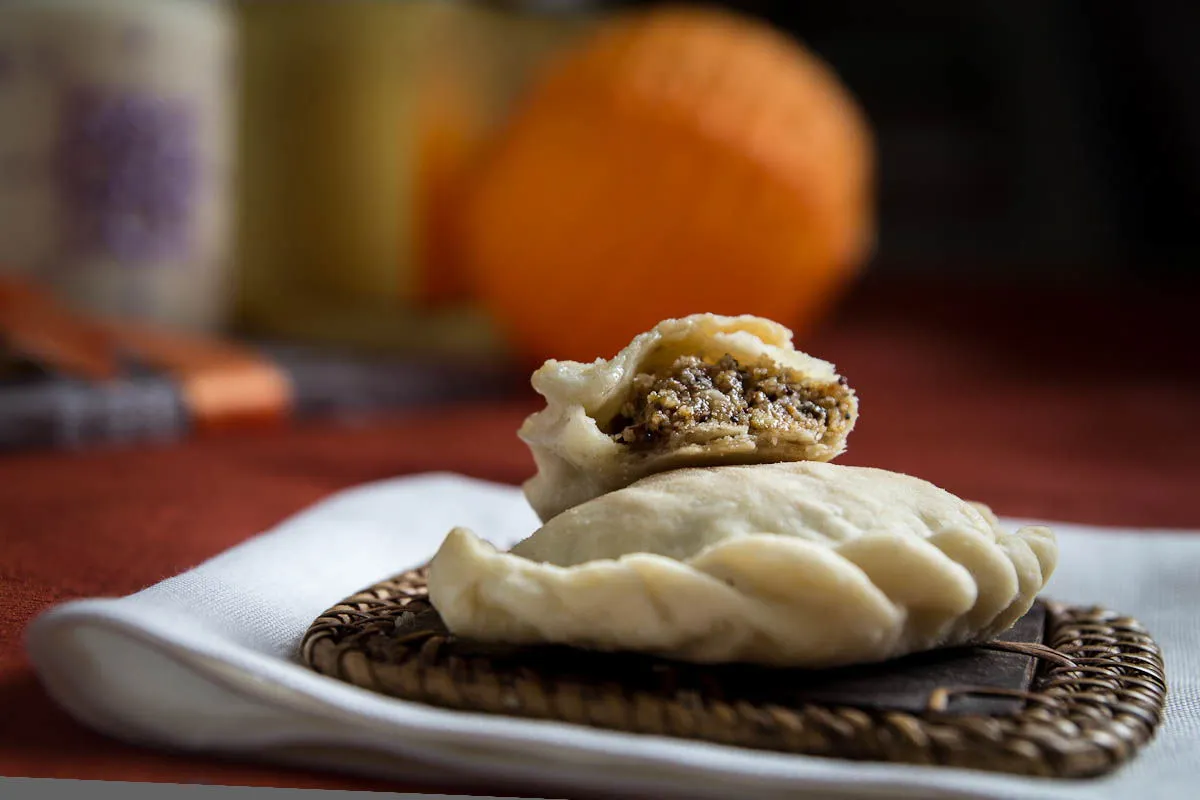
You might call it a gujiya elsewhere, but here, it’s ghughra. The surface is fried, sweet, and flaky, while the inside is warm.
- Usually made during Diwali.
- Every house has their own version.
- Coconut, dry fruits, sugar — or sometimes jaggery.
- Kids wait while it cools. Someone always sneaks one.
It’s not just a snack. It means “Diwali is here.” It means “we’re home.” No fancy box needed. A steel dabba filled with ghughra does the job.
Ghazal: Soft Words, Strong Emotions
Ghazals don’t shout. They speak. Quietly, deeply. It might be an old uncle playing Jagjit Singh on the radio. Or a young student scribbling rhymes in a notebook, late at night. Gujarati poets gave ghazals a local soul. People like Mareez made words feel personal. Even now, ghazals are recited at college events, family functions, and late-night chai stalls.
- They’re short.
- They’re emotional.
- They hit hard, in the softest way.
What’s on the Plate? Gujarati Food Still Feels Like Home
No other state probably puts as much heart into food as Gujarat. Not just in festivals, even everyday lunch feels like a ceremony.
- Dhokla — steamed, light, yellow sponges of joy.
- Thepla — goes everywhere, from school tiffins to train journeys.
- Undhiyu —Winter's speciality, flavorful and slow-cooked.
- Fafda & Jalebi — salty and sweet, eaten together like best friends.
Most recipes aren’t written anywhere. They're just known.
Clothes That Talk Back to the Past
Even someone wearing jeans in Gujarat probably owns a bandhani dupatta. The old never left — it just blended in.
- Chaniya Choli — mirror-work, loud colours, worn proudly during Garba.
- Patola Sarees — silk, and expensive
- Ajrakh & Bandhani — still dyed by hand, still sold in markets.
What’s amazing? New-age designers now use these prints in sneakers, phone covers, even jackets. Thus, the past directly influences the present..
Festivals: Loud, Long, and Loved
You don’t just attend a Gujarati festival — you feel it in your bones.
- Navratri: Nine nights. No excuses. Everyone dances.
- Uttarayan: Rooftop kite wars and til-chikki.
- Diwali: Rangolis, fairy lights, and ghughra, of course.
- Janmashtami: Dahi handi, Krishna bhajans, and folk plays.
Kids don’t just watch. They dress up, perform, and learn the stories. This is how tradition gets passed on — naturally, joyfully.
Hands That Make Art, Not Just Products
Art is a way of life in Kutch or Saurashtra, not a luxury.
- Lippan Art: Mud and mirror wall decorations. Found in homes, not galleries.
- Rogan Painting: Only one family still does it. And people travel just to watch.
- Embroidery & Beads: Done between chores, sold in local haats and global expos.
These crafts are more than just pretty – they’re livelihoods and cultural roots. Even when people migrate to cities, many still order handmade dupattas or bedsheets from their village relatives.
Music, Not Just for Performers
Gujaratis don’t need a stage. Any open space, and a dhol — that’s enough.
Folk Music Styles
- Bhavai: Theatre-style performance with music and story.
- Dayro: Spiritual singing with storytelling.
- Garbi: Group singing during festivals.
Dance That Still Thrives
- Garba: Danced in circles, simple but powerful.
- Dandiya: With sticks, energy, and rhythm.
- Tippani: Work becomes dance — women hit the ground in sync as they build.
Even office parties and schools hold Garba nights. People wear sneakers with lehengas. No one minds.
Words That Still Matter
Gujarati literature isn’t fading. It’s just flowing into newer formats.
- Narsinh Mehta wrote bhajans. Still sung.
- Mareez wrote about pain. Still quoted on Instagram captions.
- Umashankar Joshi blended patriotism and poetry. Still read in textbooks.
College kids perform ghazals in slam poetry style. Some write rap in Gujarati. Language isn’t dying — it’s evolving.
Old Ways in New Days
Everything changes. But not everything disappears.
- Grandmas send ghughra pics on WhatsApp.
- Online stores now sell Patola-printed scarves.
- Ghazal singers post reels on Instagram.
- Dandiya playlists are now on Spotify.
Tradition adapts. Not because it has to, but because it wants to stay relevant.
One Last Thing
Culture in Gujarat isn’t forced. It flows. And slowly, it becomes part of you. From ghughra in your tiffin to a ghazal playing in a shared cab — tradition becomes comfort. That’s why it lasts.



